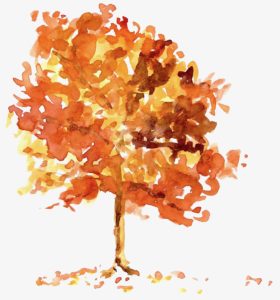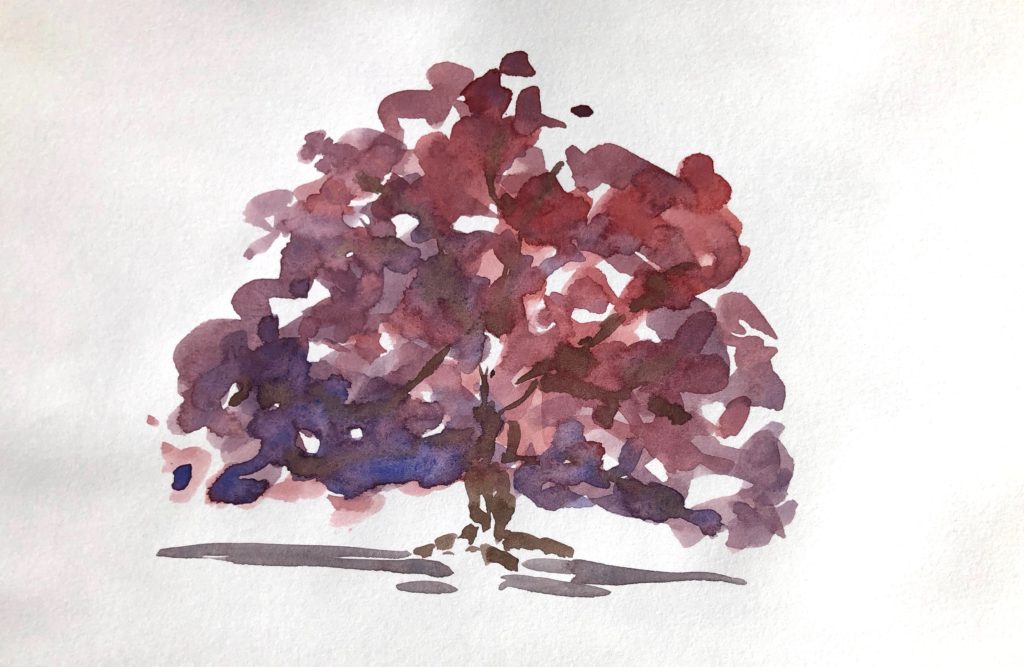By Carolyn Bishop
Illustrations by Ian Todreas, Updog Gallery

When surrounded by beauty, we often take it for granted until we notice its decline. So it may be with our town trees. Many Belmont streets are distinguished by a canopy of large, gracious trees. But are we protecting this valuable asset? What silent threats should we be aware of to preserve this beauty?
Compacted soil and chemical leakage from cars parked off the pavement at the edge of the road, failure to water street trees during dry times, road salt, and improper pruning all weaken our trees, making them more susceptible to natural events, such as storms, aging, invasive pests, and diseases. Additionally, planting under power lines dooms many new trees to a short life.
What can we do?
- Water our street trees as needed. This is a neighborhood responsibility; the town doesn’t do it.
- Offer a front lawn for a new tree if a power line is a problem.
- Park in the street even when the street is narrow, not on the grass.
- Learn about various pests and how to fight them with non-toxic products.
- Clear mulch away from the tree’s trunk.
- Consult experts as needed for healthy tree pruning.
- Be alert to posted tree removal hearings and attend with neighbors and Shade Tree Committee members.
- Adopt a “no salt” or salt/sand mix approach to your own sidewalk and driveway ice management in the winter. Calcium chloride is less environmentally damaging. Remove salt chunks left near the base of trees.
- Support and refer to research on products that target only the invasive species and are not harmful to pets, children, or pollinators.
What can the town administration do?
- Minimize harmful exposure to natural gas by proactively addressing gas leak issues in town.
- Ensure a robust budget for planting trees. A few years ago the budget was so insufficient that a private citizen donated funds for planting trees.

Trees help reduce the impact of human activity on climate change by absorbing carbon dioxide and other pollutant particles as part of the photosynthesis process. A single tree can absorb up to 48 pounds of carbon dioxide per year, sequestering up to one ton of carbon dioxide by the time it reaches 40 years old. For a very small effort, trees offer a big payoff.
In short, be kind to trees. Let’s all imagine our homes and streets without the shade and beauty of trees, and make a commitment to preserve our canopy. Contact the town tree warden, Tom Walsh, at 617-993-2680 with questions or concerns.
Carolyn Bishop, a town resident for 44 years and longtime Town Meeting member, has served on multiple town committees, including the Conservation Commission, and on a State Advisory Committee on Pesticides.


Sorry, the comment form is closed at this time.